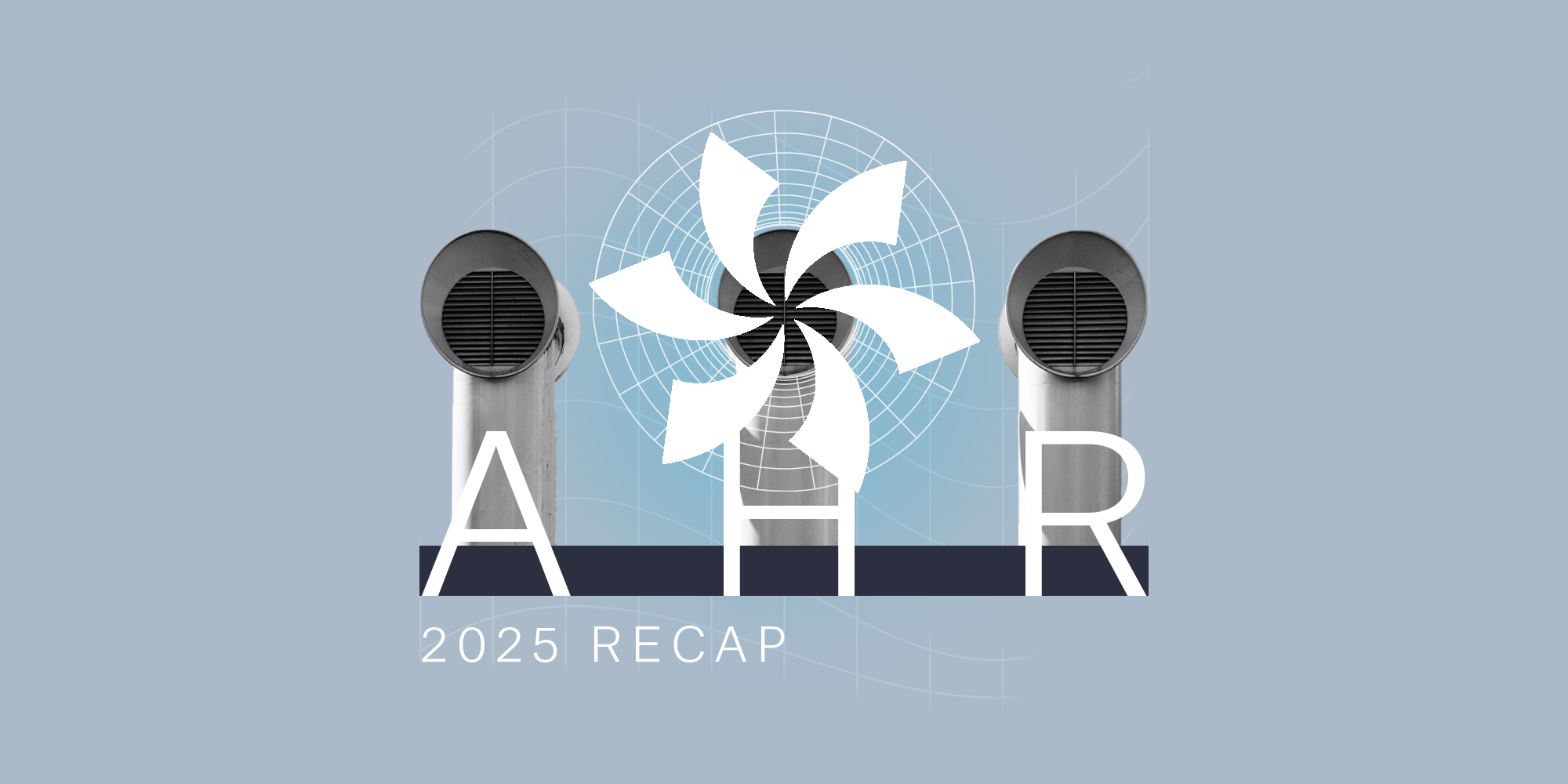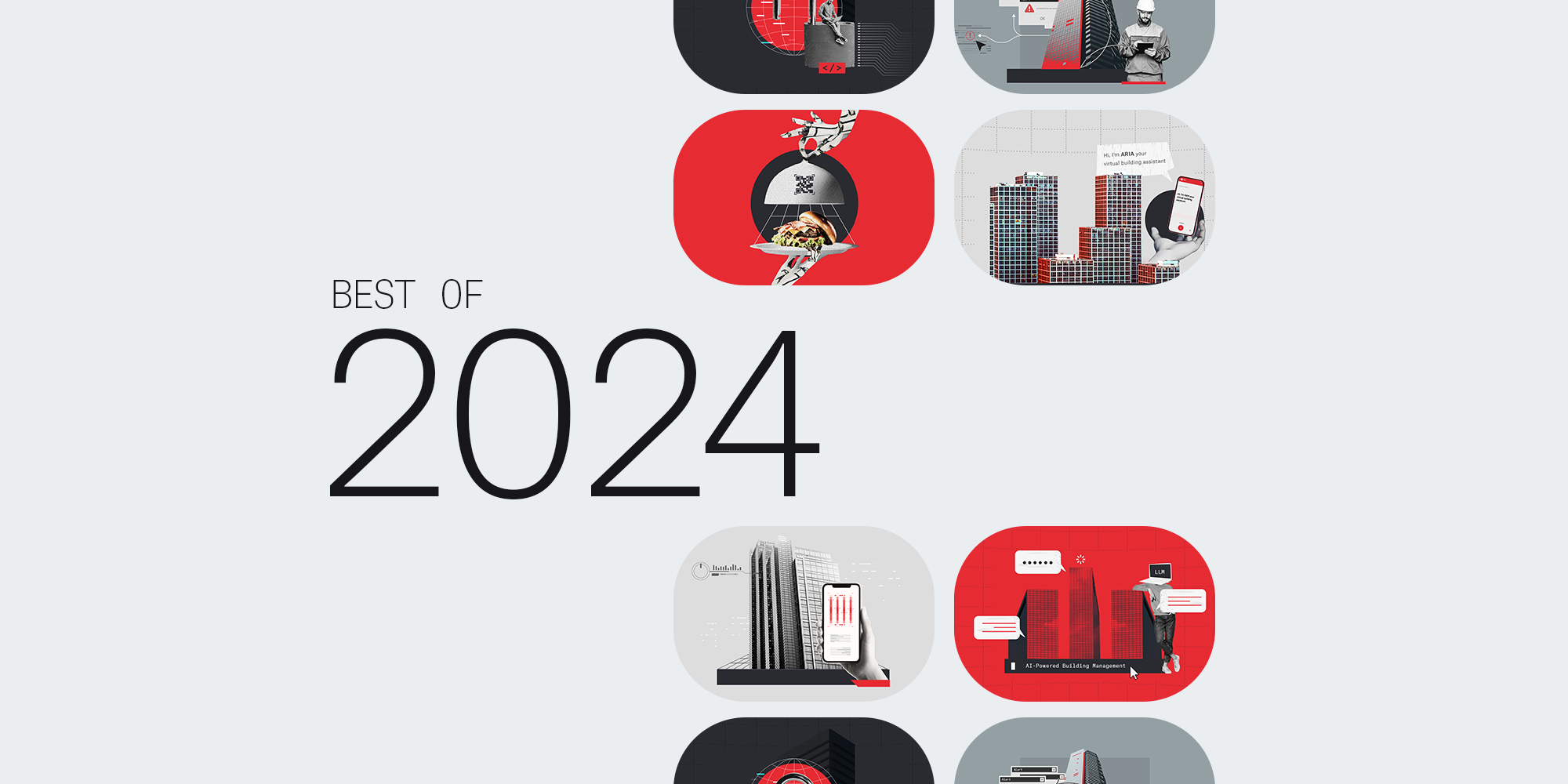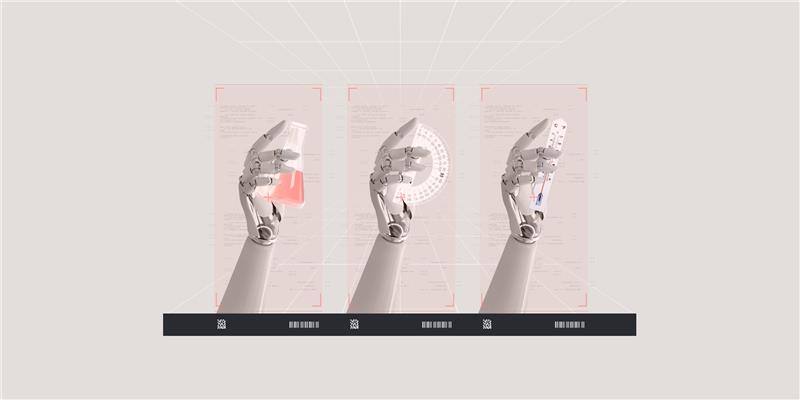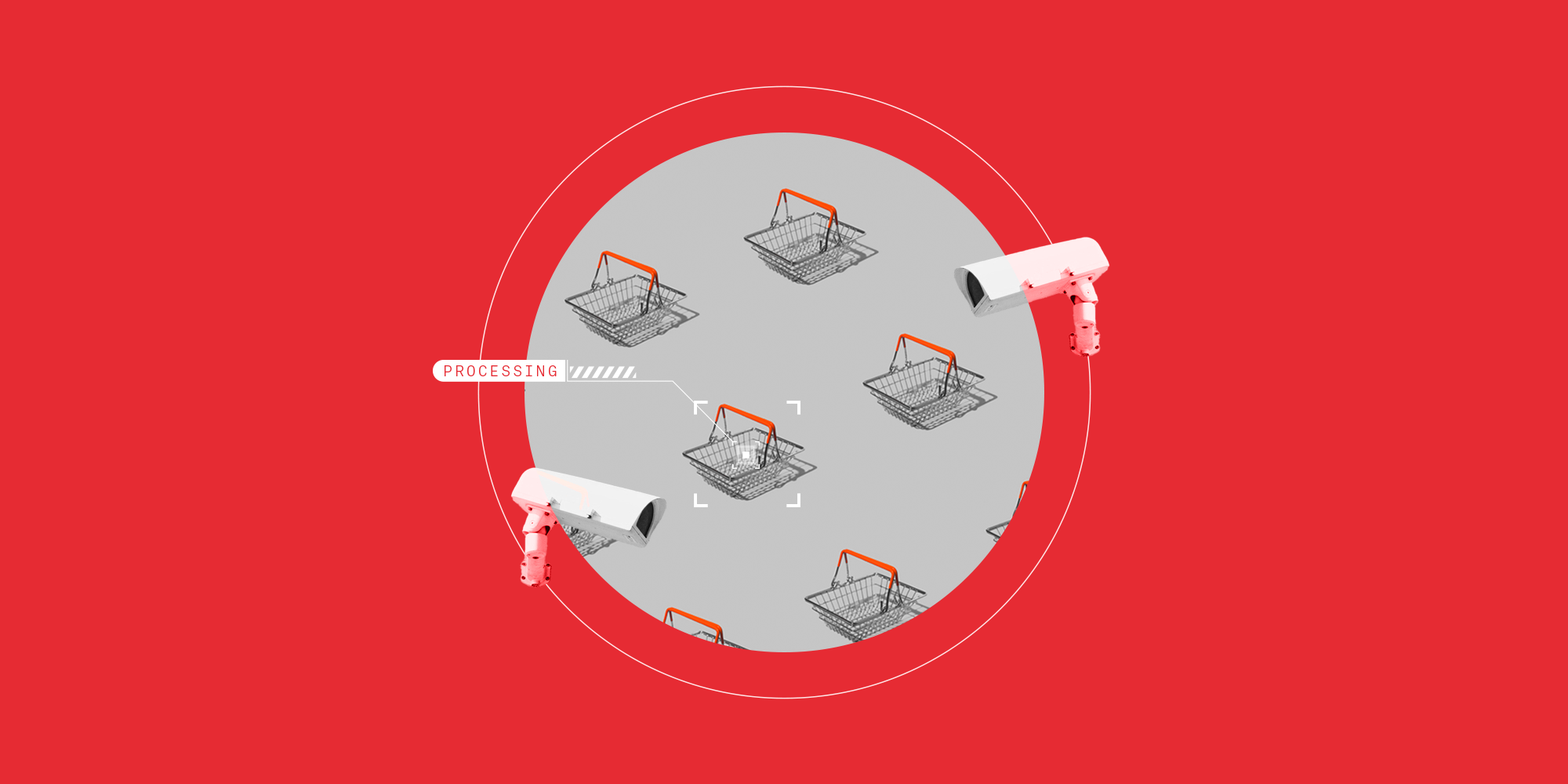10 Key Considerations to Unlock Your Emissions Reduction Strategy

Key takeaways
There are some important factors you need to consider when weighing which carbon reduction solution is best for your business. To help you make a more informed decision, we’ve compiled the ultimate list of factors, including:
- Environmental Impact: Choose solutions that offer tailored estimates and transparent emissions tracking.
- Dependencies and Resource Costs: Understand the complete costs, from infrastructure to staffing, of each solution.
- Financial Aspects: Weigh solutions based on budget constraints and potential return on investment.
- Scalability and Innovation: Prioritize adaptable solutions and evaluate providers based on their innovation history.
- Operational Impact and Support: Consider the extent of operational changes and ensure robust solution support.
There are many ways to reduce your organization’s GHG emissions, from investing in renewables to software solutions to carbon capture and storage. But how do you weigh such different projects effectively against one another? And how can you ensure you’re making the best choice for your business?
With all the various options out there, it’s tricky to research, compare, and choose the ones that’ll best fit your organization’s unique specificities, goals, values, and budget. So, to help you make more informed decisions, we’ve researched and compiled the ultimate list of factors to assess when comparing various carbon reduction methods.
1. Environmental impact
The primary goal of investing in emissions reductions is, of course, to lower your organization's carbon footprint. A lot of solutions make big reduction claims, but how do you know whether they’ll actually deliver on their promises? One way to find out is to prioritize solutions that can provide you with realistic estimates based on your company’s unique specifications.
Even more valuable is a solution that offers the option to track its environmental impact, making your emissions reporting that much easier and giving you a firm idea of just how much of a difference your efforts are making. For example, if an energy-saving solution can demonstrate its ability to cut each of your building’s carbon emissions by 40% each year, you’ll be able to calculate just how much carbon emissions your entire portfolio of buildings could save annually if the solution is implemented throughout. This way, you can spotlight the solutions that will make the biggest impact on your footprint.
2. Dependencies
Some decarbonization solutions might require specific conditions to be implemented. That’s why, when ranking your options, it’s important to consider all the extra factors and investments required to implement said solution. These could be things like retrofitting existing infrastructure, installing new equipment or technologies, adopting different operational processes, integrating additional systems upgrades, infrastructure changes, customizations, or data migrations.
To illustrate, if you’re looking at implementing solar panels for your office building, you might need to factor in extensive roof preparations, battery storage, monitoring systems, extra electrical infrastructure, and a safety equipment system. On the other hand, an energy optimization AI solution may have fewer dependencies (like simply installing smart thermostats or energy management software). Solutions with fewer dependencies may end up being a more effective choice for your business.
3. Cost-Effectiveness and ROI
Decarbonization solutions can vary wildly in price, from less expensive investments into greener appliances for the office kitchen to the pricey purchase of a brand-new fleet of electric vehicles.
That’s why it’s important to ask yourself strategic questions about your budget and cash flow when deciding which solutions will bring you the most value.
Start by determining whether your business can afford a solution that requires a high upfront investment. Or whether it’d be better to opt for a pay-as-you-go software-as-a-service (SaaS) solution that lets you spread the cost out over time, aligning with your cashflow constraints. Once that's determined, find out each solution provider’s average ROI timeline so you can factor that into your decision.
By considering all these financial factors upfront, you’ll be in a more informed position to rank each solution according to your environmental and financial goals.
4. Resource costs
Implementing and managing a GHG emissions reduction project often requires additional resources, which can end up costing your company a pretty penny. So, while weighing up your decarbonization options, it’s a good idea to crunch the numbers. Analyze the total cost of the solution, including initial setup, equipment, ongoing expenses, whether you’ll need to hire more people to manage a project - and whether those people will require any additional training.
Finding out this information may take a little sleuthing. The best way to do this is to contact the solution provider directly and ask what kinds of resources are required to implement and manage their solution and whether they provide any equipment or experts to set the project up and keep it running smoothly.
5. Scalability and adaptability
A decarbonization project’s longevity relies on its ability to adapt and scale to changing business needs, technologies, environmental regulations, and geographical locations. For instance, while solar energy might be effective and encouraged in Australia, it may be less so in a country like Norway, which generates 96% of its electricity from hydropower.
Additionally, if you decide to implement different region-specific renewable solutions, ensure that the subsequent solutions you choose (such as energy optimization technologies) are compatible with multiple energy sources. Considering your business’ unique conditions and growth trajectories in this way will help you prioritize your decisions so that they work for your organization across the board and the globe, both now and in the future.
6. Innovation
Investing in innovative decarbonization solutions highlights your business’s ability to keep pace with the latest advancements in sustainable technologies, which could win you some good press. But before you pick the most innovative solution on the block, it's essential to evaluate the provider's innovation track record. For example, a carbon capture company with a history of breakthroughs is likely to have even more advanced solutions in store, offering continuous value while addressing your company's evolving challenges. In short, by prioritizing forward-thinking partners, you're not just addressing present needs, you're also positioning your business to leverage upcoming innovations for sustained growth and reputation.
7. Changes in Operations
Embarking on any energy reduction project often has a knock-on effect that ripples through a business’ entire operations. For example, if you’re looking into fleet electrification, you’ll need to reconsider your maintenance practices (such as re-training your mechanics in EV technology, monitoring, and maintenance), supply chains (to access EV-specific components), and logistics operations (like adjusting routes to optimize charging station accessibility).
The magnitude of these effects can be substantial, so thinking through exactly how much operational change your organization can withstand and afford will help you evaluate how suitable a project is for your business.
8. Opportunity costs
Pick a project that significantly disrupts your company’s daily operations and it may not just take a toll on employee performance; it could also cost you precious revenue.
To illustrate, investing in rooftop solar panels might result in its parking capacity being reduced by half during installation. This could lead to reduced clientele and employees that arrive late due to having to find alternative parking.
With this in mind, it’s a good idea to consider to what extent your organization’s employees and finances can withstand any process interruptions, or whether you place a higher value on a project with minimal distractions and a straightforward transition.
9. Support and Maintenance Provided
Reliable support and maintenance services are essential for the smooth operation of any emissions reduction solution. Determine whether you value a provider that offers things like:
- A support team dedicated to addressing your queries, concerns, and technical issues promptly. You might favour companies that offer multiple communication channels, like phone, email, and live chat, to ensure easy access to general support when you need it. Maybe you like to only deal with one person who knows all the ins and outs of your project. Or perhaps you prefer to communicate through a more formal, traceable, ticketing system, in which case you’d place a higher value on a solution with a defined ticketing process.
- 24/7 technical assistance to help you during any emergencies.
- Proactive monitoring and maintenance that 1. identifies potential issues before they become big problems and 2. provides proactive maintenance to optimize efficiency.
- Training and educational resources that can empower your team with valuable insights and troubleshooting guides.
- A system of transparent communication where you can receive information on updates, maintenance schedules, and any potential issues with your system or solution.
- Robust data security measures that comply with relevant data protection regulations.
10. Track record
If choosing a reduction method with a good track record is important to you, you’ll value a solution that provides transparent information on the efficiency and real-world performance of their technology. Visit the solution’s website or call the company to ask for proven track records and case studies. To better estimate whether the solution will be a success in your business, look specifically for evidence that it has assisted organizations with similar structures and needs to yours.
Choosing wisely for a sustainable future
By carefully considering each of the factors above, you’ll be in the perfect position to confidently rank and choose the sustainability solutions that align with your organization’s sustainability goals, budgets, and values.













